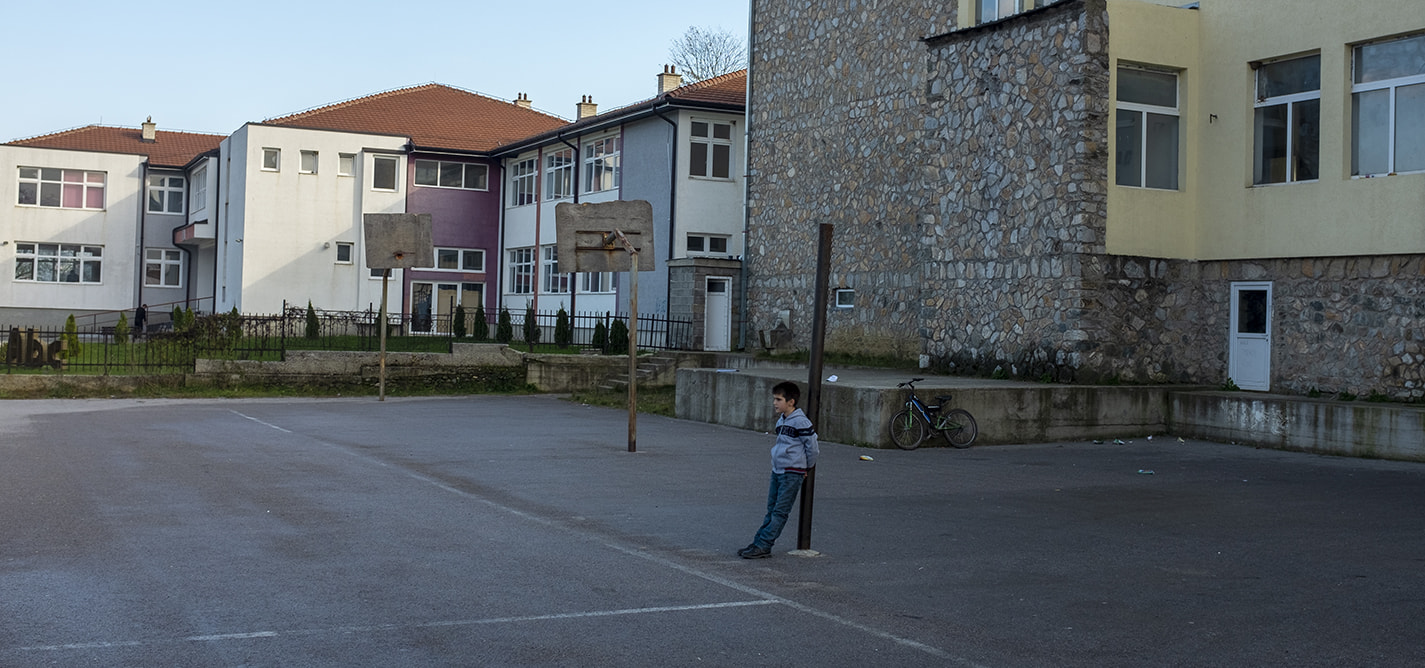
Primary concerns mar educational reforms
Much more required to put children’s education on track.
|31.10.2019
|
How do Kosovo’s schools work?
Implementation of the new curriculum throughout all schools in Kosovo did not actually start until two years ago, six years after the framework was first approved.
“Trainings for the new curricula were reduced to the minimum in terms of days that were offered.”
“A minister comes in saying, ‘Let’s do this now in this way’ — they do not work based on evidence.”
Dukagjin Pupovci, Kosovo Education Center
Nerina Guri
Nerina Guri is a former K2.0 staff journalist, mainly covering culture. Nerina has a master’s degree in Gender, Development and Globalisation from the London School of Economics and Political Science in UK.
This story was originally written in English.